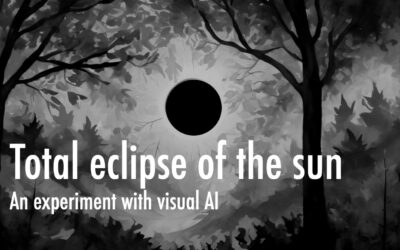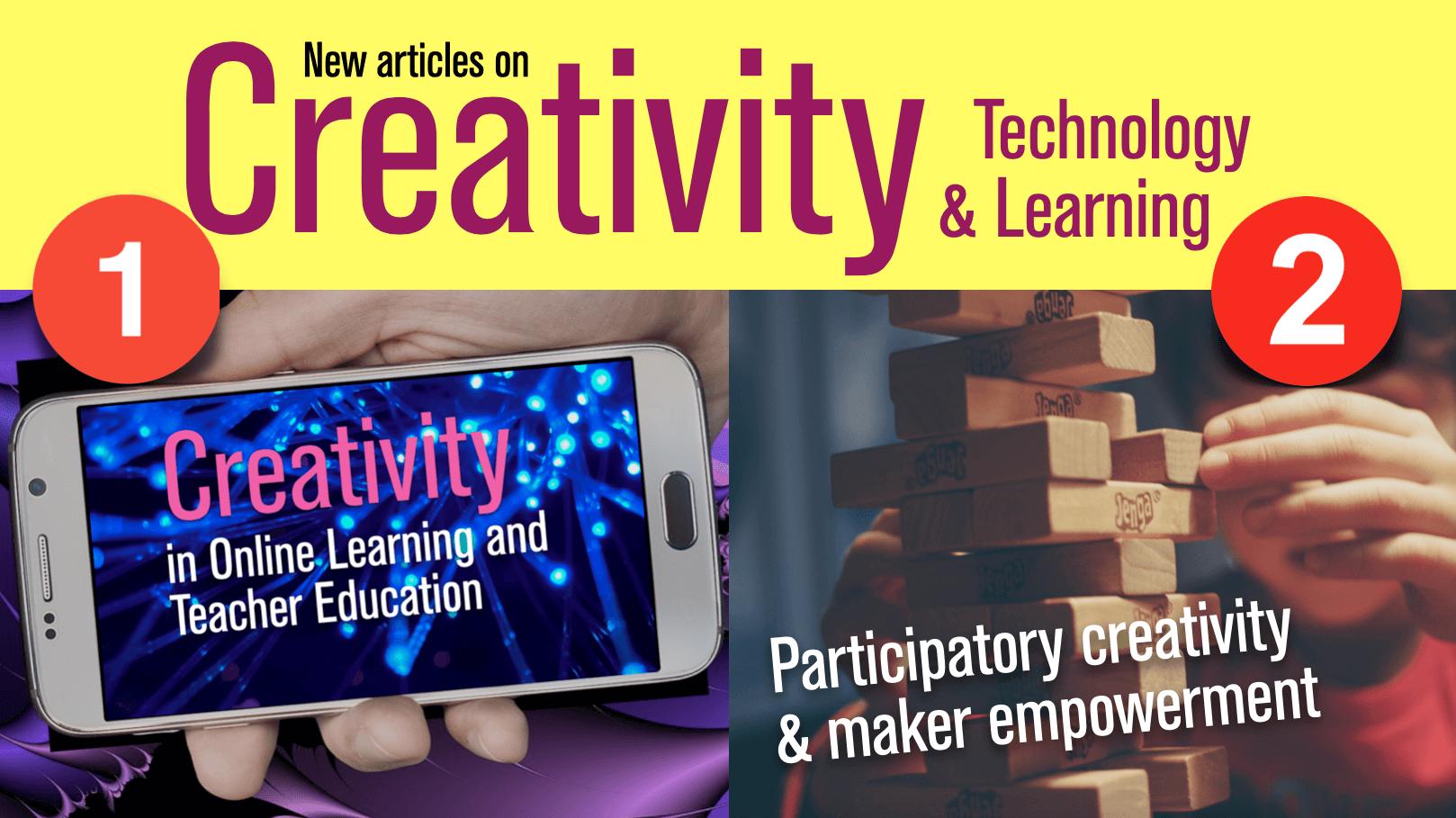Most of us live our lives with the assumption of practical obscurity – i.e. the idea that what we do, even in public places, is essentially private. There are just too many people and just too few ways of tracking us individually. So we were for the most part, practically, obscure.
This was all very good till the Internet came along. Suddenly anything and everything that could be tracked and traced became publicly available (or at least potentially so). On top of that we also chose to publicly share details of our-selves, details that we would have been reticent to do otherwise. We placed these public thoughts and feelings, traces of our lives in the form of texts and photographs, videos and status updates, all over the web.
Practical obscurity, almost suddenly, was replaced by ambient findability. It didn’t matter that you were one among a million but for some reason you had made a posting about creating a hypertext of Wittgenstein’s Philosophical Investigations, it will stay available online for ever and ever, taunting me with its name-droppingly cool early graduate student voice.
I have been intrigued by these two terms, practical obscurity and ambient findability, and the tension between them (and have written about it previously here). However, I think there is a third idea that we need to find a name for.
I was struck by this while playing around with We Feel Fine (check out this blog post for more info). I had chosen to feelings from people in India and after one click, was redirected to someone’s blog. This was clearly a blog maintained by a young woman, who off and on, for around 5 or 6 years, had written a rather detailed account of her personal life. The blog began when she was in High School and documented her ups and downs, her fears and anxieties, her joys and anguishes in ungrammatical, misspelled, yet honest, often heartbreakingly so, detail. I was suddenly transported into her life, the tension in her parent’s marriage, her inability to fit in with her college mates, her first romantic relationship and its tragi-comic end. It was engrossing and blindingly genuine, more real than a novel. I could not deny its power over me even while my act of reading was tinged with a feeling of voyeuristic guilt. I knew nothing about this person and yet she was a real, living breathing person, someone I came to know quite intimately.
This was a strange feeling. There were times when I wanted to stop reading but could not – akin to this inability to turn off the most terrible of reality shows that we sometimes find while switching channels, or the inability to look away from an accident when we drive by it in somewhat stalled traffic.
This is a phenomena different from practical obscurity – this person was still practically obscure to me. I did not know her name (she had blogged anonymously) and even if I could know her name, there was no practical way I would (or could) get in touch with her. And though she was “findable” (how else could I learn so much about her) yet I was not sure it was in the sense that ambient findability is typically described. Ambient findability at some level is about wanting to be found, which was not the case with this person.
This was serendipitous connectabilty, a connection that just happened by chance – mediated by the computational algorithms used by We Feel Fine and my somewhat random choice of a specific colored-dancing dot on my computer screen.
It seems to me that just as the web indicates the death of practical obscurity it enhances the importance of ambient findability (if you want to be found) just as it increases the possibility of serendipitous connectability. This happened to me through the We Feel Fine interface but could just as well happen using StumbleUpon or many of the other sites that are repositories of links to websites. That is one of the beauties of the web – the ability to run across things that are stunning in their ability to connect to us in powerful, emotionally touching ways.



The web can help us to be nearer to others despite of the geographical distance.